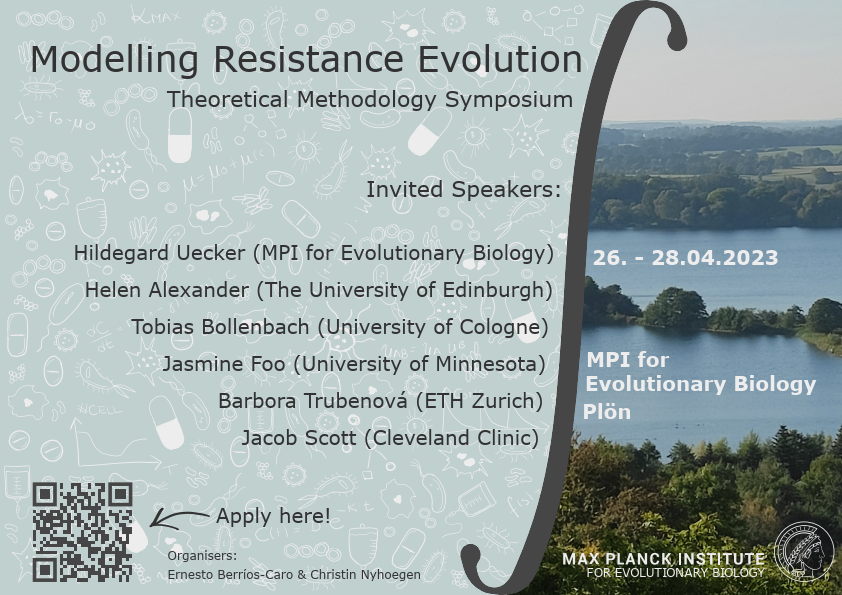Speaker
Description
Bacterial populations can consist of several isogenic subpopulations known as phenotypes. Individuals in a bacterial population can switch from one phenotype to another in order to adapt to changing environments. Phenotypic switching can thus confer survival benefits to a bacterial population and may be a mechanism for the development of antibiotic resistance. Kussell and Leibler in "Phenotypic diversity, population growth, and information in fluctuating environments" ("Science", 2005), studied a model of a bacterial population consisting of “n” phenotypes and “n” environments. The population is subjected to these “n” different environments, which occur in a random sequence. In a given environment, a single phenotype is the “fittest", which implies that individuals of that phenotype have the largest growth rate. Kussell and Leibler derived an analytical expression for the Lyapunov exponent, which is a measure of the asymptotic growth rate of the total population. We study a modified version of their model by constructing a network model of the bacterial population, such that each environment can be thought of as a specific antibiotic where the corresponding “fittest” phenotype is resistant and drives the population growth. In our network model, each node represents a single phenotype, and each directed edge represents the ability of one phenotype to switch to some other phenotype. Kussell and Leibler derived an analytical expression for the Lyapunov exponent under the assumption that all the inter-phenotypic switching pathways are available. We compute the Lyapunov exponent of bacterial populations corresponding to different network models experimentally and analytically, using some approximations. We find that our approaches can be used to compute the Lyapunov exponent when some of these switching pathways are restricted, i.e. some edges are removed from the network. We also derive some results about the growth-maximizing inter-phenotypic switching rates, encoded as the network edge weights, for sparse networks where multiple edges are removed.

